Balancing the Equation: Combining Math and Finance for High School
With financial education courses becoming more commonplace across the country, schools and teachers see the need for a financial math class in their school curriculum. However, educators are now finding that what they once used for financial literacy in their schools no longer fits their needs. On our trip to New Orleans for the NCTM 2022 conference, we enjoyed speaking to several educators aiming to tie personal finance to math education. Many of these educators are looking for a new approach to financial mathematics because their first attempts have not proven successful. For this blog, we wanted to codify some of the conversations and explore how they tie into our current approach to financial mathematics education.
A Balanced Approach
One theme we noticed at NCTM was the need for a curriculum that balanced mathematics and personal finance. For some educators, their school tried a financial literacy curriculum, but it didn’t have enough math. Personal finance-focused curricula serve the need to educate students on financial literacy, but put unwarranted pressure on math educators to become solely personal finance instructors. Or, these curricula completely leave the mathematics of finance out of the equation, living in different departments in a school such as social studies or technology.
On the contrary, some educators had instituted a heavily math-focused curriculum, but limited their ability to teach the essentials of personal finance. What we found in both cases was a need for educators to use their professional skills in math education and provide financial life skills that students will feel comfortable using when it appears in their lives. We aim in everything we do to strike at the middle ground, laying all of the groundwork for math educators to hang instruction on math, with finance to enrich the value to students.
Student Engagement
Another topic we found presenting itself was student engagement. In the virtual or physical classroom, teachers are having difficulty keeping their students’ attention while providing mathematically rigorous instruction. Looking to find a balance between engagement and rigor, we shared how our project-based learning initiatives give students something to be excited about while learning their required math subjects.
An interesting case for balancing math education and engagement was an educator who expressed an issue many schools face: If students only have to take three years of math, how do we engage seniors to take an additional math class? We expressed the ability to prepare seniors for real-life financial situations using our curriculum. Using the building blocks they formed over the first three years of high school, FiCycle can reinforce their early education and provide a new financial literacy element young adults will shortly face in the form of loans, budgets, investment, and more.
Current Events
Finally, a discussion of current events in financial math came from NCTM attendees we spoke to. Possibly the most functional aspect of our curriculum, educators were interested in combining their education with the financial zeitgeist. One educator’s students asked about the Gamestop stock situation when it was in the news. The teacher didn’t know what to tell the class from a mathematical perspective as it isn’t regularly taught.
So, how do we give teachers the ability to make a multi-functional lesson any day of the week? We make a curriculum with a professional development opportunity. Our math curriculum provides educators the ability to explain current events not only in the classes that teach our content, but also to explore the world around them in all their classes in a new and exciting way.
After years of working primarily remote, it was a breath of fresh air to gather with math educators at NCTM earlier this month. Hearing from the folks on the ground, in the classrooms, doing the hard work of supporting our students is how we can, in turn, best support educators. For more information about our curriculum, click here.




